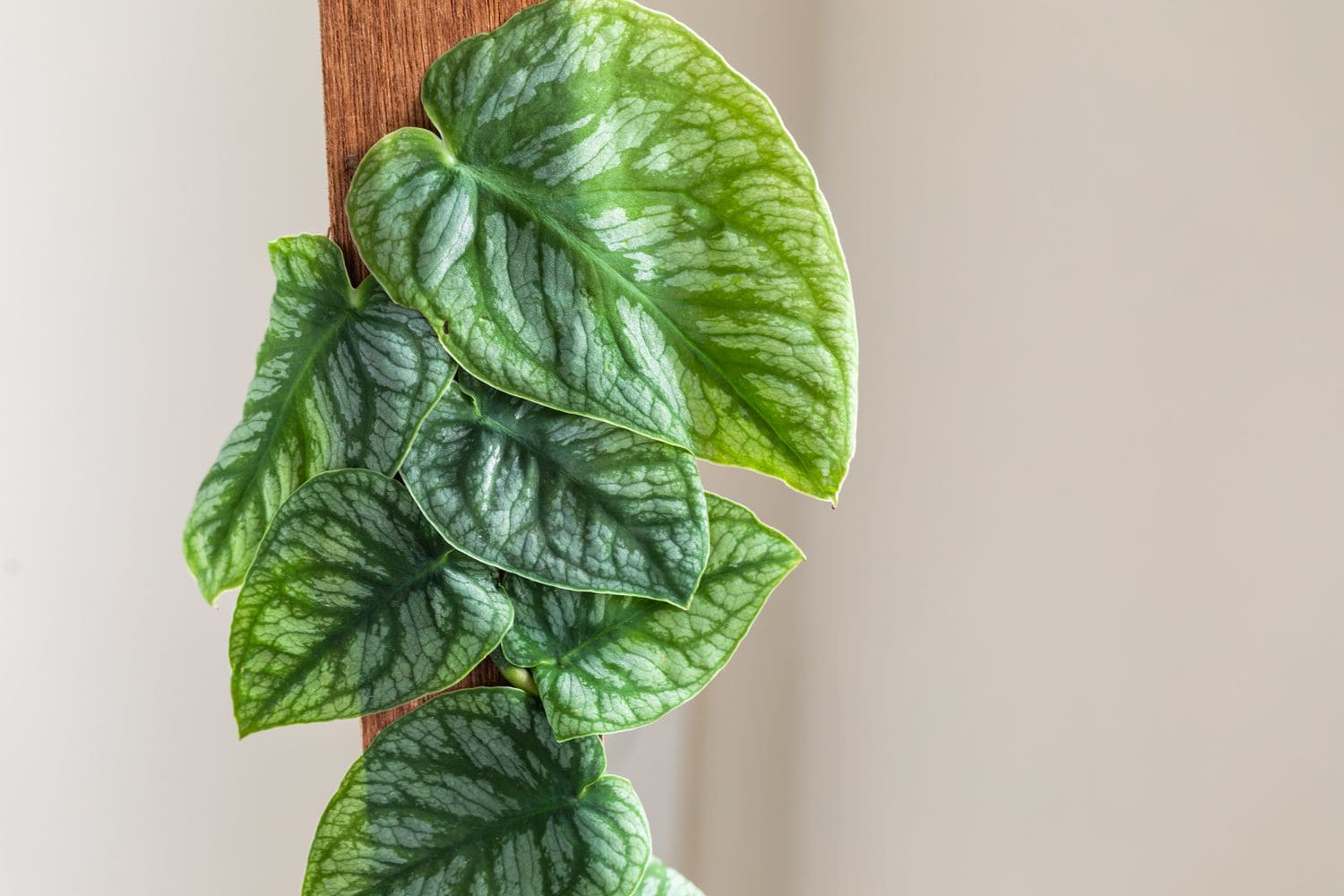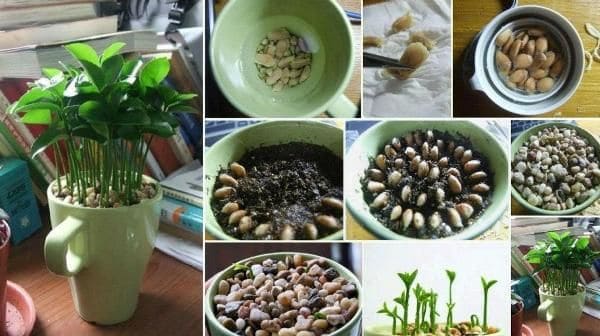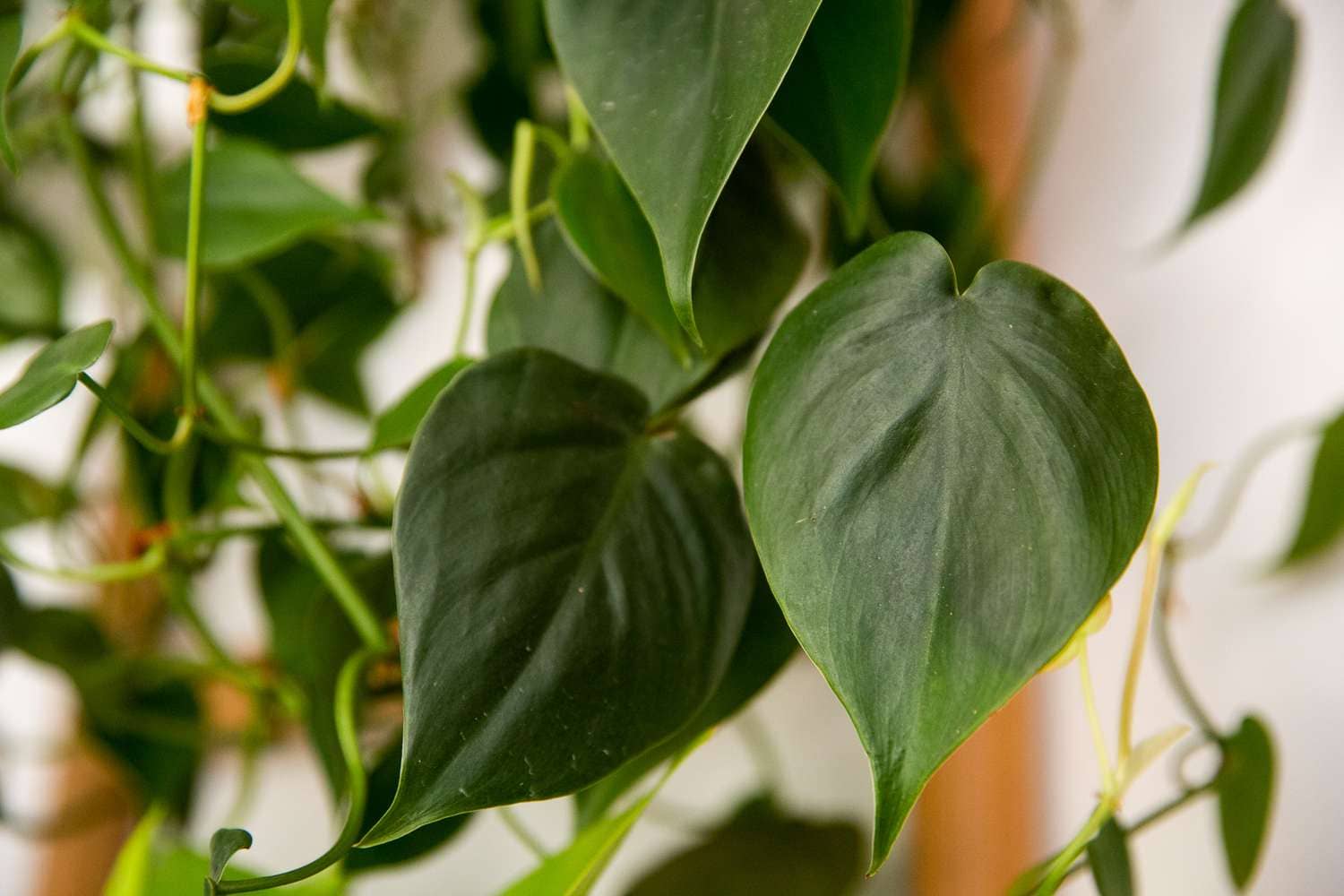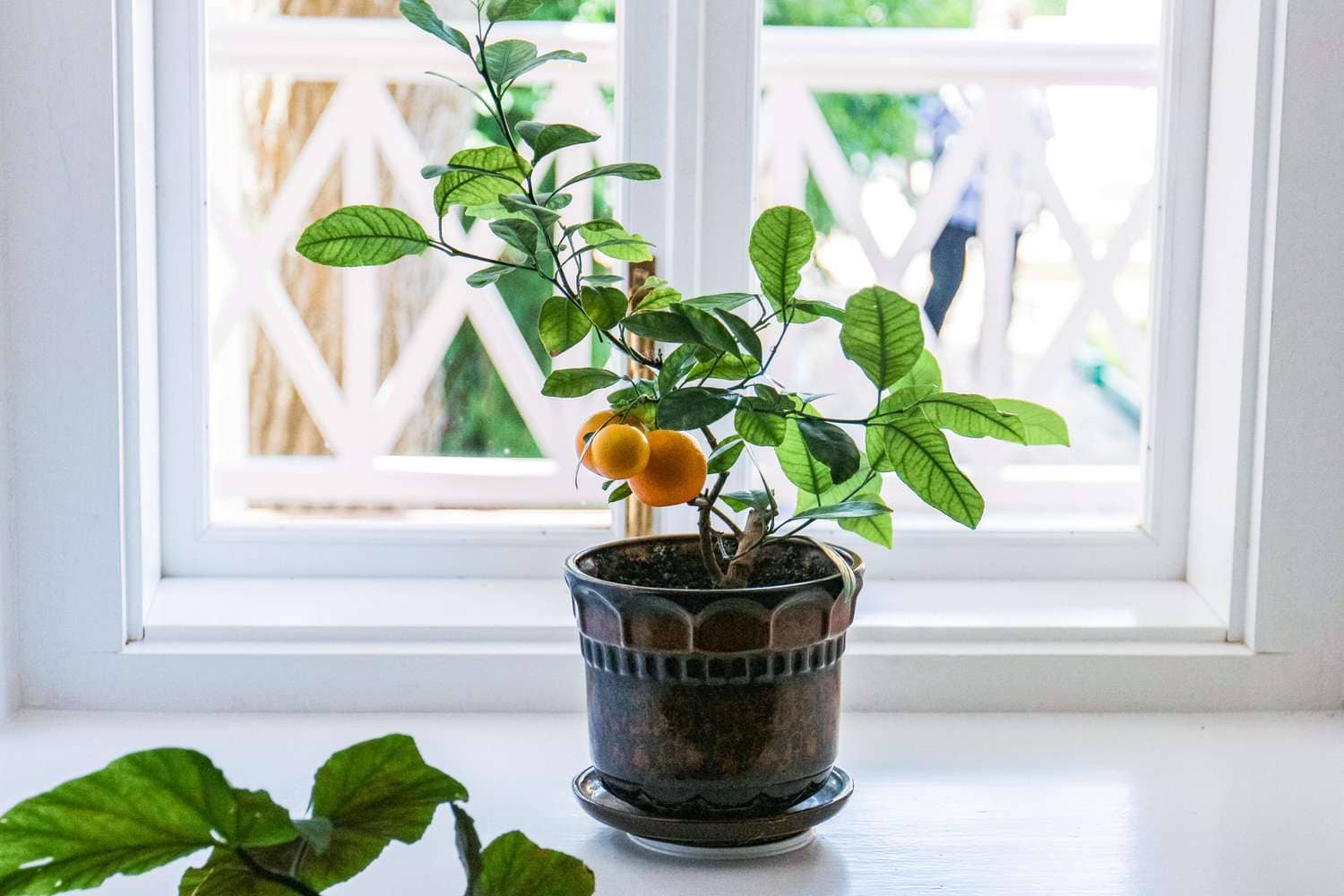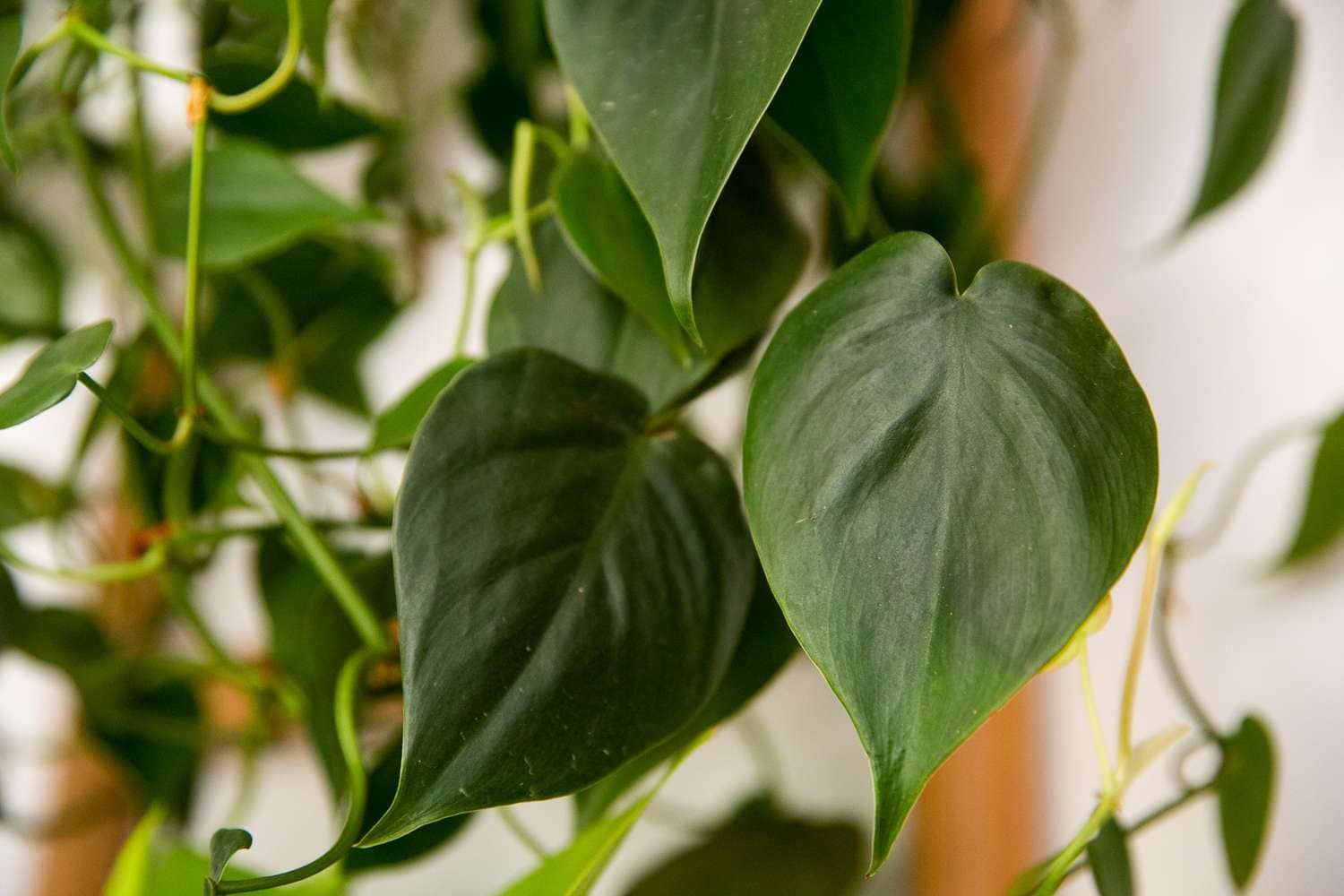Introduction: Monstera Dubia, a lesser-known member of the Monstera genus, exudes an exotic allure with its intricate foliage and unique growth habits. In this comprehensive guide, we embark on a journey to explore the distinctive characteristics, care requirements, propagation methods, and aesthetic appeal of Monstera Dubia.
- Discovering Monstera Dubia:
- Monstera Dubia, also known as the Shingle Plant, is a species of tropical vine native to Central and South America. The foliage boasts a striking combination of glossy green hues with distinctive perforations and fenestrations, adding a touch of architectural elegance to its appearance.
- Caring for Monstera Dubia:
- Providing the right care is essential for nurturing the health and vitality of Monstera Dubia. This tropical plant thrives in bright, indirect light but can tolerate lower light conditions. Avoid exposing it to direct sunlight, as this may scorch the leaves. Mist the foliage regularly to increase humidity and remove dust buildup, promoting healthy growth and preventing pest infestations.
- Soil and Potting Requirements:
- Use a well-draining potting mix with good aeration to prevent waterlogging and promote healthy root development. A mixture of peat moss, perlite, and orchid bark provides ideal conditions for Monstera Dubia. Choose a container with drainage holes to allow excess water to escape, preventing waterlogged soil and root suffocation. Repotting may be necessary every 1-2 years to refresh the soil and provide room for the plant’s growing roots.
- Humidity and Temperature:
- Monstera Dubia thrives in warm, humid environments similar to its native habitat. Maintain a consistent temperature range between 65°F to 80°F (18°C to 27°C) and provide adequate humidity by misting the foliage regularly or using a humidifier. Avoid placing the plant near drafts or air vents, as sudden temperature fluctuations can stress the plant and lead to leaf damage.
- Propagation Methods:
- Propagating Monstera Dubia is relatively straightforward and can be done through stem cuttings or air layering. To propagate from stem cuttings, select a healthy stem with several nodes and make a clean cut just below a leaf node. Remove any lower leaves and dip the cut end in rooting hormone powder to promote root development. Rooting should occur within a few weeks, after which the cutting can be transplanted into its own pot.
- Aesthetic Appeal and Design Potential:
- Monstera Dubia’s intricate foliage and unique growth habits make it a standout addition to any indoor jungle or tropical-inspired space. Consider placing it in decorative containers or macramé hangers to enhance its aesthetic appeal and complement existing decor.
- Conclusion: In conclusion, Monstera Dubia captivates with its exotic charm, intricate foliage, and relatively easy-care nature. By understanding its unique characteristics and providing the right growing conditions, plant enthusiasts can cultivate and enjoy the beauty of Monstera Dubia in their indoor spaces.

